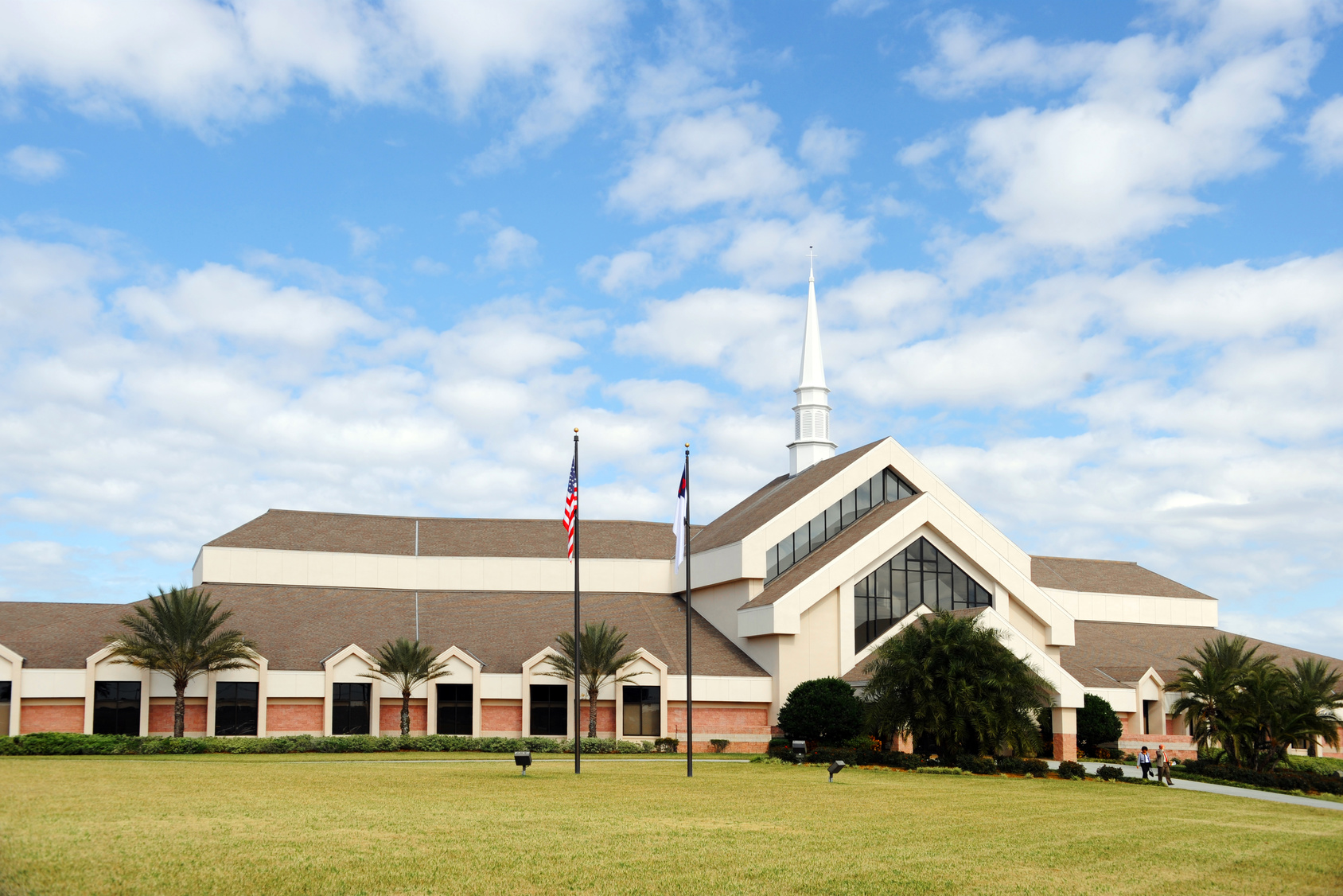One of the most common conversations I have with churches of all sizes is one I’ve come to call “too much church / not enough people.” These churches have physical plants built for a time when the congregation’s membership was far larger than it is now. The current congregation rattles around in a building with way too much space and is mildly depressed by their situation.
As membership declined over the years, the building – once an asset for an expanding ministry – has turned into a liability that threatens to drown the congregation in maintenance costs.
Building maintenance is deferred from year to year and the building becomes increasingly in need of repair. The deteriorating physical plant – and the resulting impression visitors take away from their first visit – quickly becomes an elephant in the room that everyone knows needs to be addressed but everyone is scared to name. Some of the churches tell me they are “one broken furnace” away from a financial emergency … and possible closure.
All options look like negative ones. The church can try mounting a capital campaign, but the leaders sense that repairing the building won’t generate the needed buy-in by the congregation. They can let go of essential personnel or programming to meet the mounting building costs, only to see the congregation continue to shrink. Or they can simply let the building fall down around them, knowing that option most often leads toward the church’s death.
One of the reasons it is so hard to deal with these issues is that it’s lonely work. The pastor and lay leaders in the church don’t have anyone with whom to talk or ask for advice. They don’t feel they have the skill sets they need. They don’t see any models or templates out there in the wider church for how to proceed. Declining staff levels in regional and national headquarters means there’s often no one to come to their aid from their denomination.
My long-time colleague Deborah Wright and I have been working with the Presbyterian Foundation to develop a better model: building a collaborative learning community made up of pastors, all of whom share the “too much church / not enough people” dilemma, and working with them to crowd source one another.
We’ve brought together pastors from around the country to ask them to tell us about the particular issues and options with which they are wrestling and the tools they need to do this work faithfully. We listen to the questions they have, including the ones they don’t quite yet know how to form. We invite them to tell stories of successes and failure as they experiment in their particular contexts.
The group has already identified several different ways their churches are making faithful decisions:
- Developing “tentmaking buildings,” in which space is rented to other churches or non-profits who share the congregation’s mission goals
- Becoming a “building-less church,” selling their property and using the resulting assets to support new forms of missional groups within their membership
- Developing a “ministry/worship center,” in which several other congregations nest in their facilities and share worship space
- Coming to the conclusion that it is time for them to become a legacy church, to bring their ministry to a close, and to work with others to make remaining assets available to develop newer forms of Christian community, dying well in resurrection hope
- Enabling their pastor to become “bi-vocational in place” by developing a second use of the buildings that provides the pastor a supplemental income stream
- Working with developers to build on unused portions of the property or to take down the current buildings and build an entirely new facility that includes space for the congregation (often to build senior or low cost/mixed income housing)
- Turning their church into a community center in which the worshiping community still has a stake
What if you were to start a similar collaborative learning community to address these issues in your own context. Starting the conversation is not that difficult. Think about other churches near you whom you sense may also be wrestling with these issues. It can be a cluster of churches in your own denomination, or it may be an ecumenical table you gather. It may be a local conversation, or it can be a regional or national one – especially with the availability of inexpensive or free videoconferencing services. Invite other pastors to join you in a conversation.
Get together. Tell your stories. Help each other form important questions. Share resources you’ve already discovered. Make a list of the additional resources you need. Generate a list of leaders (other clergy, judicatory staffs, non-profit managers, developers or real estate agents) you want to contact to ask about the resources they may have already developed or the insights they have to share.
Those of us who are consultants and coaches with the Center for Healthy Churches think of ourselves – first and foremost – as a collaborative learning community, helping one another listen for how the Spirit is leading Christ’s church into the future. We also believe that whatever the Spirit is saying to the American church today, it is bubbling up from below in communities like these. We know how important it is to have a supportive community of friends and colleagues with whom to share this discernment. We would be honored to work with you as you figure out how to create a community of your own.

Leave a Reply